Victoria Loyal Orange Lodge No. 69 Banner
Organization: Hemmingford Historical Archives
Address: CP 1006, Hemmingford, QC J0L 1H0
Region: Montérégie
Contact: Mary Anne Ducharme, hfordarchives(a)gmail.com
Description: Victoria Loyal Orange Lodge No. 69 Banner depicting “King Billy on a white horse” with the words “1688 Glorious, Pious and Immortal Memory of K.W. III 1690.”
Year made: 1860s
Made by: T. Robinson & Sons PTRS (painted centre cartouche is signed T. Robinson)
Materials/Medium: Silk
Colours: Red/orange background with multi-coloured hand-painted images
Provenance: Kingston, Ontario
Size: 1.67 m x 2.23 m
Photos: Rachel Garber. Courtesy Hemmingford Archives
The Story of the Victoria Orange Lodge #69 Banner
Mary Anne Ducharme
On the faded siding of a derelict building, there is a sign facing Vieux Chemin that says “Hemmingford LOL 69.” This reference is perfectly cryptic to most people who might notice it, except to a few history buffs who might know that LOL refers Loyal Orange Lodge, a fraternity intensely loyal to the British Crown and to Protestantism.
To be precise, this building was the Victoria Loyal Orange Lodge #69. It was built in 1860 – the same year that the Victoria Bridge was completed by Irish labourers. A heavy old-fashioned key turns hard in the rusty lock. Inside the entryway, vintage graffiti is scrawled on the walls, some of it dating to the 19th century. The main room is dim and dusty, but on the back wall is a splash of bright colour: an Orange Lodge banner emblazoned with the image of King Billy on his white horse. It is crusted with old dust and is in a very fragile state. But this banner, with its iconic imagery, is a visual key to understanding not only this lodge but what “Orange” signifies in Irish identity. Though extinct or diminished in much of Canada and the U.S., the Orange Movement in Ireland is politically and socially very much alive.
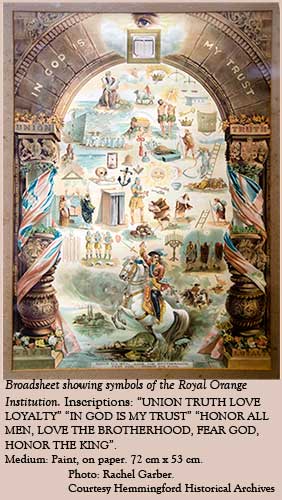
All Orangemen are Protestants, but all Protestants are decidedly not Orangemen. The term refers to a specific fraternity which strongly identifies itself with a battle in 1690 on the Boyne River in County Meath. This battle is still a controversial topic because the Protestants regard it as a great victory over Catholics that resulted in the sovereignty of Parliament and the Protestant monarchy.
What happened then has caused bitter strife up to the present, in the“Troubles” of Northern Ireland. In the Battle of the Boyne, Catholic James II of England and his son-in-law Protestant William III of Orange were at war for control of the British crown. West of the town of Drogheda at Oldbridge, the placid waters of the Boyne broiled red as 63,000 men – Williamites and Jacobites – fought bitterly. William was the victor, and in Ireland this has never been forgotten, and re-enactments of this battle are held every year at Oldbridge.
Through centuries, "The Twelfth"( date of the Boyne battle, new calendar) has often been marked by confrontations, as members of the Orange Order parade past or through areas known for Catholic population - banners flying, sashes across every breast, and bowler hats on every head. This tradition was carried to Canada. Newspaper accounts are numerous concerning riots in Toronto and Montreal and elsewhere, centred around Orange parades on this day and on St. Patrick’s Day, a Catholic celebration. Heroic King Billy on a white horse, sword uplifted, has attended virtually every one of these parades, in one symbolic form or another.
The image of King William on his white horse, widely associated with the Battle of the Boyne, was taken from an oil painting by Jan Wyck, painted in 1688, two years before the battle. In other ways, it has been frequently pointed out, it is not historically accurate because William had been wounded a day before the battle and could not have lifted the sword as depicted, and his horse was not white. But then, iconic images are seldom literal and illustrate more folkloric imagination than fact.
There are three other place names on the banner. In 1688, Derry and Enniskillen were the two garrisons in Ulster known as the focus of Williamite resistance in Ireland. During the siege in Derry, supporters of King William vowed “No Surrender” and from April 18 to July 28 in 1689, they suffered and starved until Royal Navy ships intervened and the Jacobite army was forced to withdraw. At Enniskillen, south of Derry, Protestant civilians in July 1689 organized a military force that also managed to oust the Jacobite army.
The conflicts did not end with the coronation of William and Mary in London in February of 1689. In Aughrim, in County Galway, a decisive battle was again engaged between Jacobites and Williamites in July of 1691, a year after the Boyne. It was one of the bloodiest battles in Irish history with over 7,000 killed, and it was the end of the Jacobites in Ireland.
This history is heavy on the delicate old silk of the banner. But what was the significance of the Orange Lodge in the local context of Hemmingford? Census records show that Irish immigrants were extremely numerous in this region, with one wave of arrivals previous to the 1840’s, and another larger one at the time of the potato famine and beyond. Immigrants who were members of the Orange Lodge in Ireland came with their traditional attitudes to Canada.
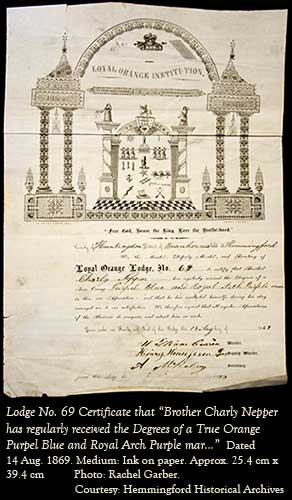
Through the recommendation of Orange Lodges, a member could find a job, be accepted into schools, find a place of residence, and even get elected to office. At times their “back room politics” were a powerful influence in economic development in cities and in rural communities. The Lodge afforded financial resources and other caring support to members and their families in times of hardship; it was a fraternity of culturally alike people; it was a benevolent society that funded orphanages; it was a social outlet in an isolated region when there was little entertainment available. The lodges sponsored dances, picnics, suppers, parades, and other events. They were also vigorously active in the military life of Lower Canada - for instance showing a fierce resistance to their Irish countrymen, the Catholic Fenians, who were determined to wrest Canada from English control in the 1860’s and 1870’s. The King Billy banner was part of all of that.
Why is the Orange Movement in decline and disappearing? The state of Orange Lodge #69 in Hemmingford is typical in the region. In more recent times in Canada, the history of Ireland is less a matter of daily relevance, and religious tolerance is more common. Various wars have decimated membership. Transportation and communications have vastly improved social and economic opportunities. As well, government assistance programs in times of hardship have allowed less dependence on organizations such as the Orange Lodge.
In its heyday, Orange Lodge #69 had a membership of 100, and it was just one of several lodges in the area. In an old photograph from the 1860s there is a very large gathering of Orangemen from Lodge #69, in their sashes, with banners aloft, apparently preparing for a parade. There are several Black musicians among them with drums and other instruments, an association that bears further research.
Now there are no functioning lodges, and only the most senior residents remember them. The tattered banner asks a question of us: Should we care about this history and preserve it? It is a value judgement on many different levels.
Note: The banner is in an extremely fragile state and can be viewed only by prior request and appointment so that it can be taken out of storage. The Archives is open Monday, Tuesday and Wednesday, 9 a.m. to 3 p.m., and otherwise by appointment.
Sources
Douglas Hadley, and Robert Curry, History of Orange Lodge #69, manuscript in the Hemmingford Archives, no date. Also included in Hemmingford, 200 Years of Hope and Challenge by Betty MacKenzie, 1999.
Mary Ducharme, The Boyne Legacy, unpublished manuscript 2004, available at the Hemmingford Archives.
Peter Berresford Ellis, The Boyne Water : The Battle of the Boyne, 1690 St. Martin's Press, [c1976].
Nicholas Plunket, Nicholas Derry Plunket and the Boyne a contemporary Catholic account of the Siege of Derry, the Battle of the Boyne, and the general condition of Ireland in the Jacobite war 1603-1691 introduced by Brendan Clifford; Belfast Historical & Educational Society 1990.
John Cannon. "Boyne, Battle of the." The Oxford Companion to British History. 2002. Encyclopedia.com. 23 Feb. 2013 http://www.encyclopedia.com
Full text of "A history of the siege of Londonderry and defence of Enniskillen,” archive.org/stream/cihm_12612/cihm_12612_djvu.txt
J.C, Fleming, Orangeism and the 12th of July riots in Montreal, 1877, With the letter of Sir Francis Hincks as an appendix, archive.org Additional Collections › Microfilm
The Orange and Green: Rioting Factions in Montreal. Special Dispatch to the New York Times. July 13, 1877, Page 1.
The Canadian Orange Movement, www.ptfk.org.pl/userfiles/file/soroka04.PDF
Eric P. Kaufman, “The Orange Order in the 20th Century: a Comparative Analysis,” University of Southhampton, U.K. Online.
Simon Jolivet, Orange, vert et bleu, les organistes au Quebec depuis 1849, www.bulletin histoirepolitique.org/…/orange-vert-et-bleu
BBC News Who Are the Orangemen?www.bbc.co.uk/news/ud-norhern-ireland
To Learn More
Cecil Houston, The Sash Canada Wore: a historical geography of the Orange order in Canada, 1980.
David A. Wilson, The Orange Order in Canada, 2007.
Hereward Senior, Orangeism: The Canadian Phase, 1972.
Author
Mary Anne Ducharme is the president of the Hemmingford Historical Archives.


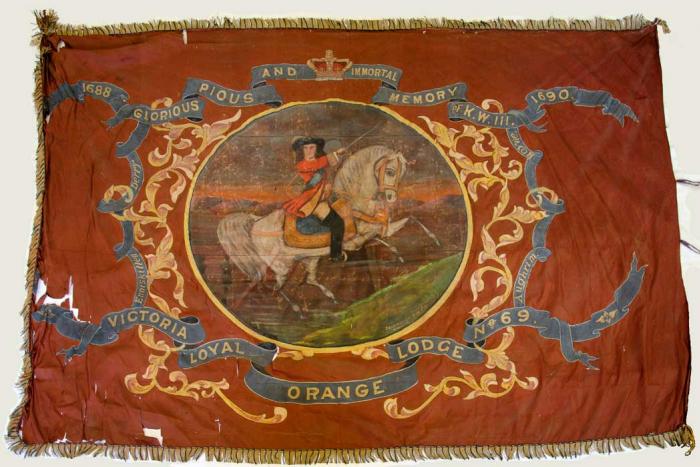
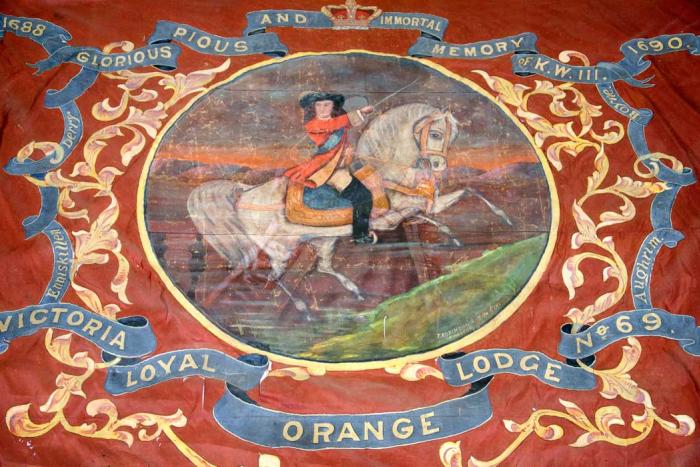
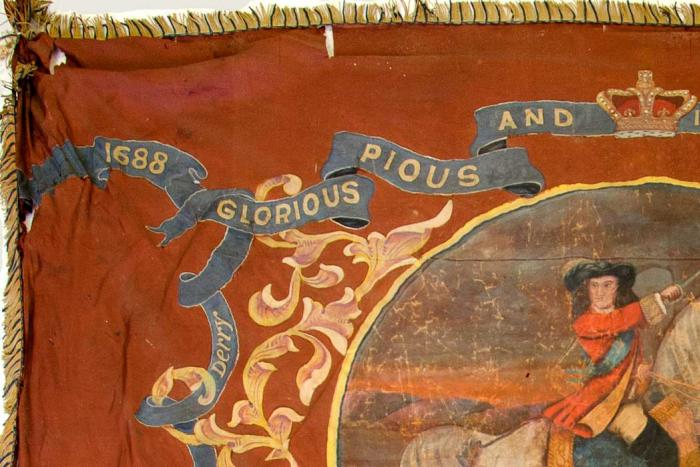
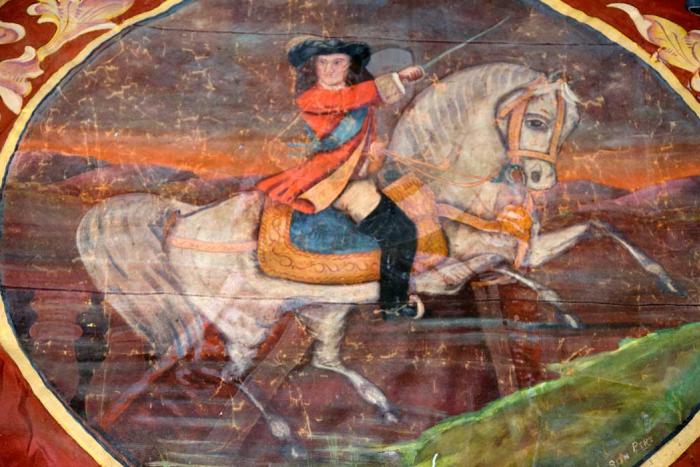
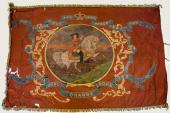
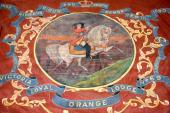
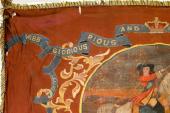
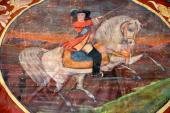
Comments
Loyal Orange Assoc
I was very pleased to come across this page during some browsing. As a Past Grand Secretary of the Orange Assoc in Quebec an present historian for the Grand Orange Lodge of Canada. Too few remmenants ramain of those that wore the Orange. We were them and remain still Protestant, loyal to the crown and loyal to our country, but above all the members and the assoc stand for civil and religious liberties for all.
pin
Hello! I have an pin with the dates 1688-1690 on it and wanted to know a little about it
The Orange Order
Your question, "Should we care..." is absurd and anti intellectual. It would be the same as Americans asking the same about slavery. If you ignore this important part of English, Scottish, Irish history our children will, as they say about studying history, be condemned to repeat it. Protestantism/Catholicism was, and still is, an important part of our history. We must study all of it to avoid repeating parts of it.
Sons of William L.O.L. chapter
Passed on to me a 2 1/2 X 9" black badge, In Memoriam. Circled around William on horse are words In Glorious Pious & Immortan Memory of King William III. Chapter is No. 160, Au Goes, MI. Grandfather's Gr Great came from Quebec. Any help identifying would be appreciated.
Sash
I have found what I believe to be a sash from about 1920 from this organization if interested please contact me
Bob 613-362-9374
Bobchesebro@ yahoo.ca
Add new comment